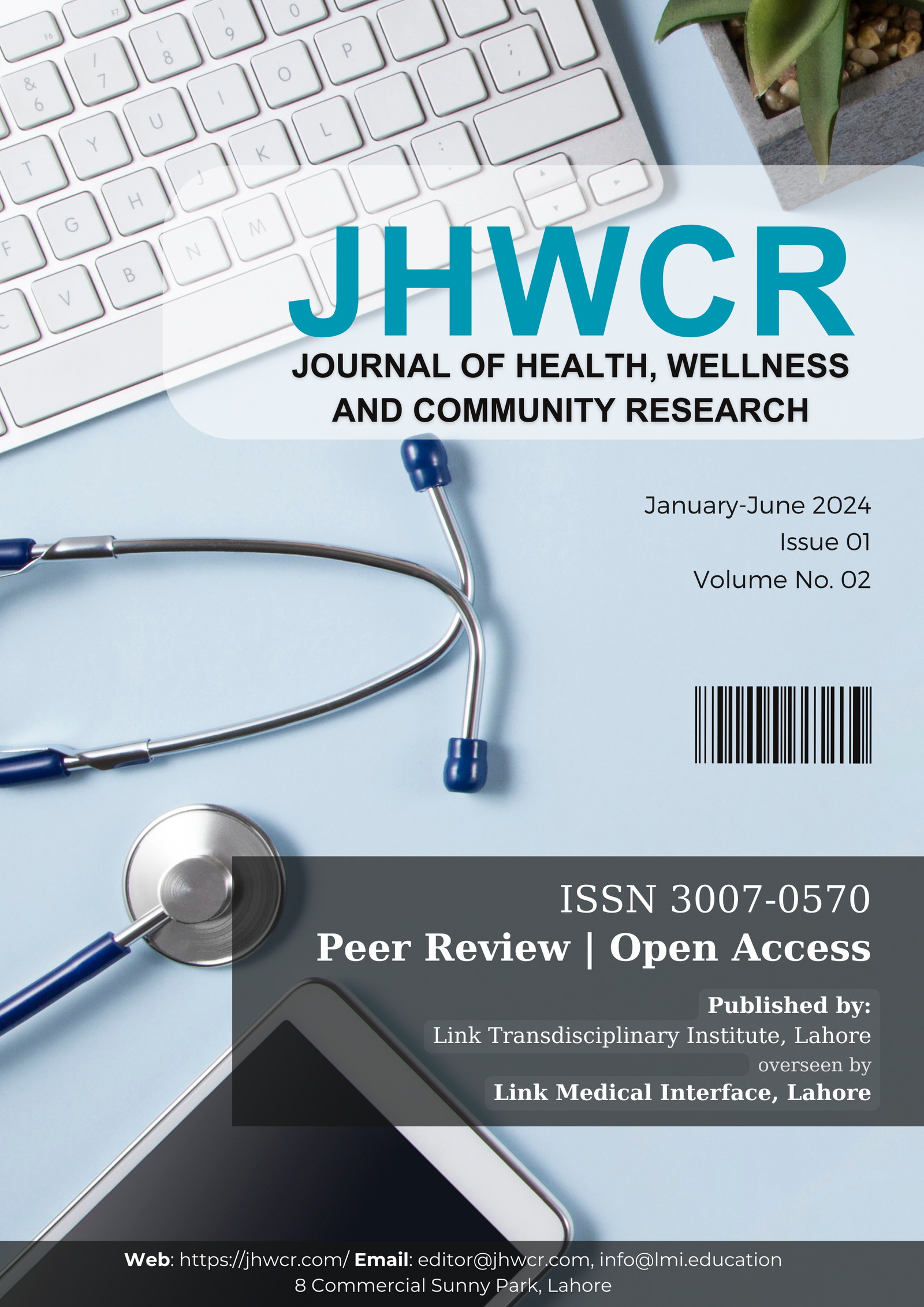Climate Change and Hypertension Risk: Investigating the Impact of Rising Ambient Temperatures on Blood Pressure Regulation and Cardiovascular Health
DOI:
https://doi.org/10.61919/meqja727Keywords:
Climate Change, Hypertension, Ambient Temperature, Blood Pressure, Cardiovascular Health, Urban Health, Heat ExposureAbstract
Background: Climate change is increasingly recognized as a determinant of cardiovascular health, yet the impact of rising ambient temperatures and humidity on blood pressure regulation and hypertension risk remains underexplored in low- and middle-income urban populations. Objective: This study aimed to investigate the association between ambient temperature, humidity, and blood pressure control, with a focus on hypertension prevalence and variability among urban adults in Pakistan. Methods: A cross-sectional observational study was conducted across three major Pakistani cities with varying climatic conditions, enrolling 600 adults aged 30–65 years. Inclusion criteria were permanent residency and absence of acute or fluid-altering chronic illness; participants were recruited from clinics and community camps. Blood pressure was measured using automated sphygmomanometers, and ambient temperature and humidity were recorded onsite. Outcome variables included systolic and diastolic blood pressure, blood pressure variability, and hypertension prevalence. Ethical approval was granted by the University of Health Sciences Lahore (UHS/RES/2024/067) in accordance with the Helsinki Declaration. Statistical analysis employed SPSS v27 with multivariable regression, subgroup analysis, and adjustment for confounders. Results: Hypertension prevalence rose from 28% at moderate temperatures (30–34°C) to 51% under extreme heat (≥40°C), with significant increases in blood pressure variability among older adults and those exposed to higher humidity (p < 0.01). Regression identified temperature, age, BMI, antihypertensive use, and known CVD as significant predictors. Conclusion: Rising temperatures and humidity significantly elevate blood pressure and hypertension risk, particularly in older urban adults, underscoring the need for climate-adaptive hypertension management and public health interventions to protect cardiovascular health as global warming intensifies.
Downloads
Published
Issue
Section
License
Copyright (c) 2025 Muhammad Waqar Ali, Daniya Noreen, Kashan Ali, Yashal Sami, Rumaisa Jamil, Alisha Arif Gauba, Ayesha Khalid, Fariha Intikhab (Author)

This work is licensed under a Creative Commons Attribution 4.0 International License.


